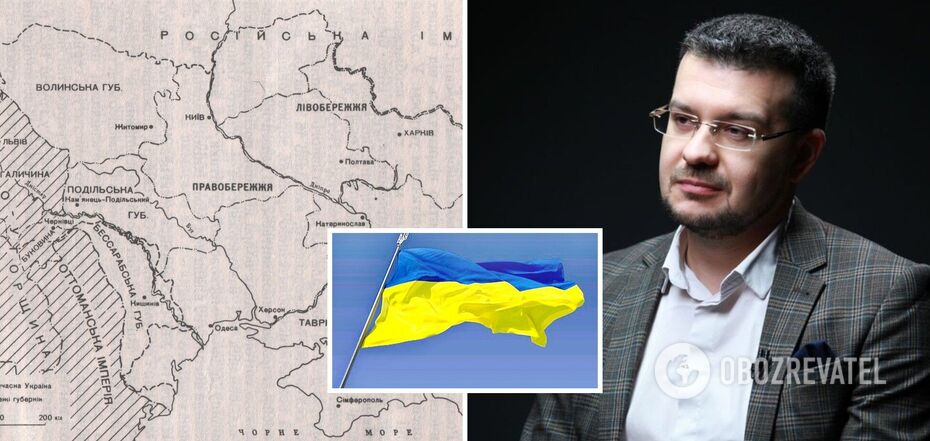War in Ukraine
"Return of the Truth": Historian Officer Alfyorov explains Zelensky's decree on the Russian territories inhabited by Ukrainians
On January 22, the Day of Unity of Ukraine, President Volodymyr Zelenskyy signed a decree on the territories of Russia historically inhabited by Ukrainians, noting that it was "the return of the truth about the historical past for the sake of the Ukrainian future." According to the decree, these lands are Kuban, Starodubshchyna, Northern and Eastern Slobozhanshchyna.
In an interview with OBOZ.UA, historian and officer Oleksandr Alfiorov explained what this decree actually means. He also added that this is a brilliant step that should demonstrate to the world that the Ukrainian border is not really the border of Ukraine.
Oleksandr Alfyorov explains that the document's mention of Kuban, Belgorod, Bryansk, Kursk, Voronezh, and Rostov does not mean that these are currently Ukrainian lands, as these regions are part of the demarcation established in the twentieth century. But some of these regions are former Ukrainian territory or areas where ethnic Ukrainians partially lived.
"The territories mentioned by the president in his decree have completely different historical principles of becoming part of the Russian Federation. In some places, it was just an annexation, like the territory of today's Bryansk region, and in others, it was an agreement between Muscovites and Ukrainians in the 1990s, roughly speaking, communists," emphasizes Alfyorov.
As an example, he cites Voronezh, Belgorod, and Kursk regions, which are parts of the Ukrainian Sloboda Cossack regiments that were settled by Ukrainians. The vast majority of them are now located in Ukraine - Kharkiv, Sumy, Izyum, Okhtyrka - but Ostrohozk remained in Russia. The same applies to the Bryansk region, the Kuban, and the Far East, where Ukrainians used to live.
"Now we need to demonstrate that Ukrainian ethnic territories are located outside the Ukrainian border and are on the territory of the Russian Federation, in a "belt" around the current front line.
This is a brilliant step to demonstrate to the world that the Ukrainian border is not really the border of Ukraine. This is a phenomenon of the 1920s, when the Communists, Bolsheviks, and Russians robbed our land and took away a huge piece of technical territory," the historian says.
"And even if there is a Ukrainian museum in the United States, Ukrainian museums in Canada, museums, libraries, and educational institutions in Australia and Africa, why are there none in Russia, where Ukraine is close by and which seems to be concerned about its citizens? And then it turns out that Russia is a huge fake," he concludes.
Alfyorov also notes that a big bonus is that the decree refers to the Russian Federation's violation of international obligations and treaties on the implementation of the development of education and science of indigenous peoples. And when the world finds out that there are actually a huge number of ethnic Ukrainians in Russia, that Ukrainians on all continents are supporting Ukraine against the Russian war, they will see that there is no such support in Russia.



























